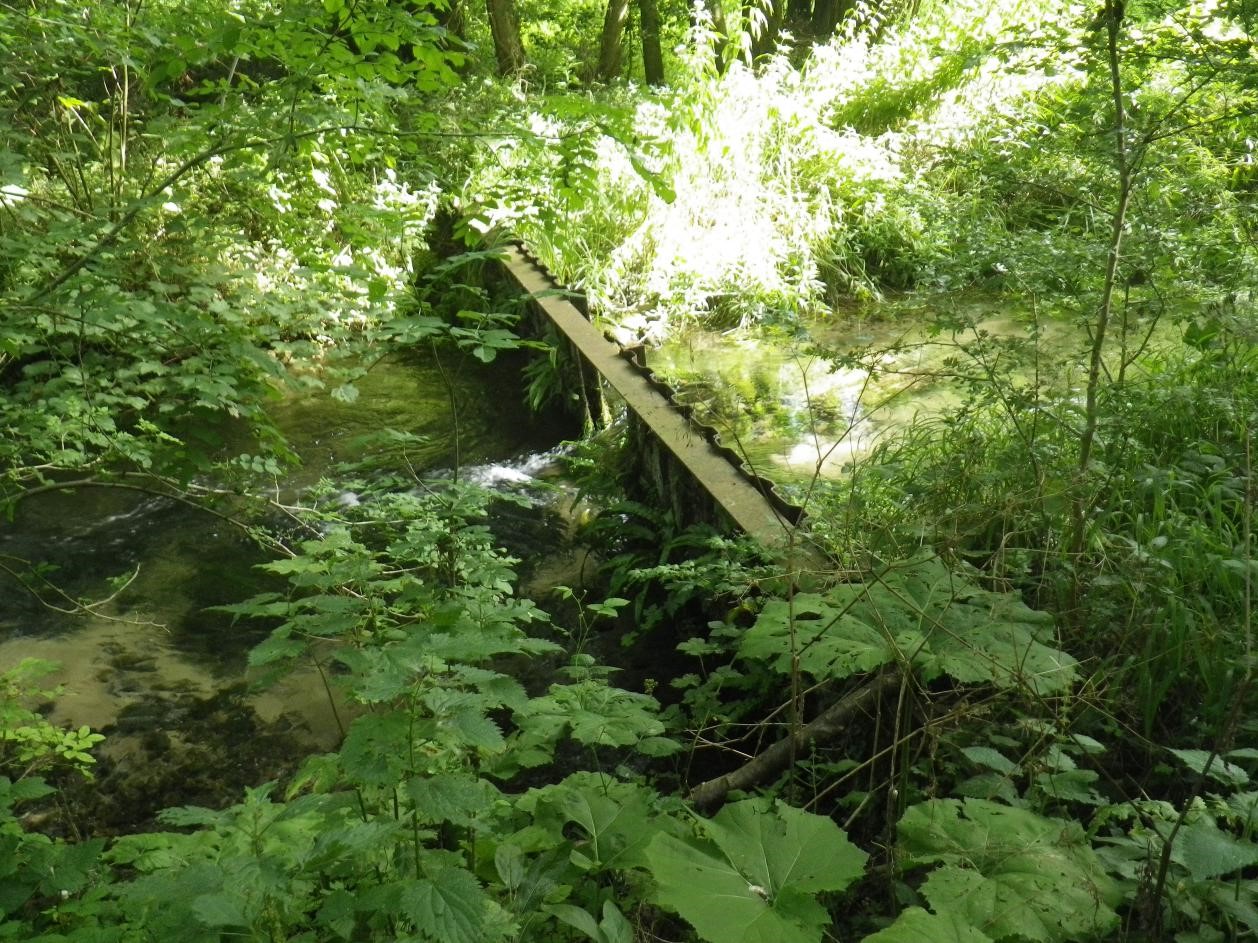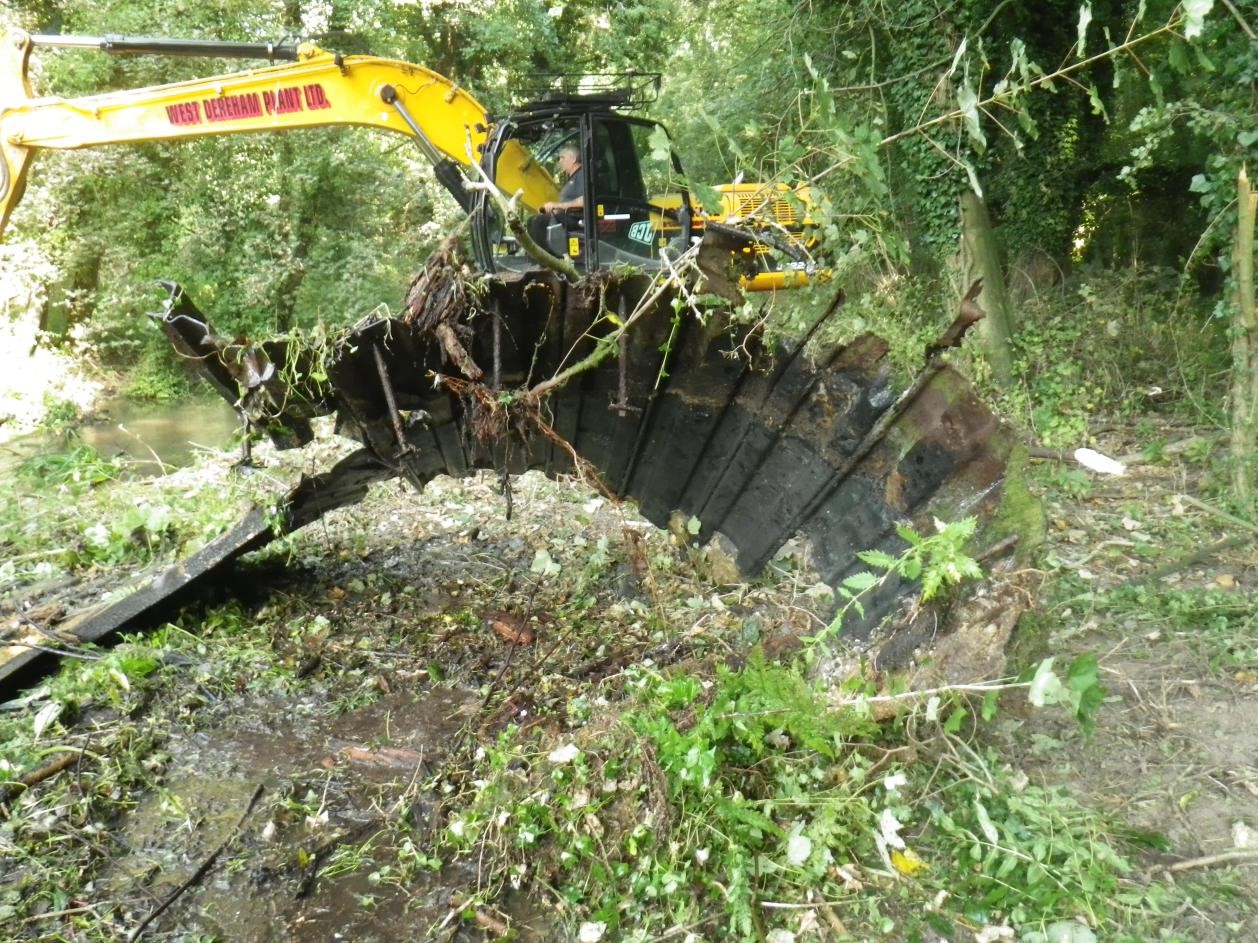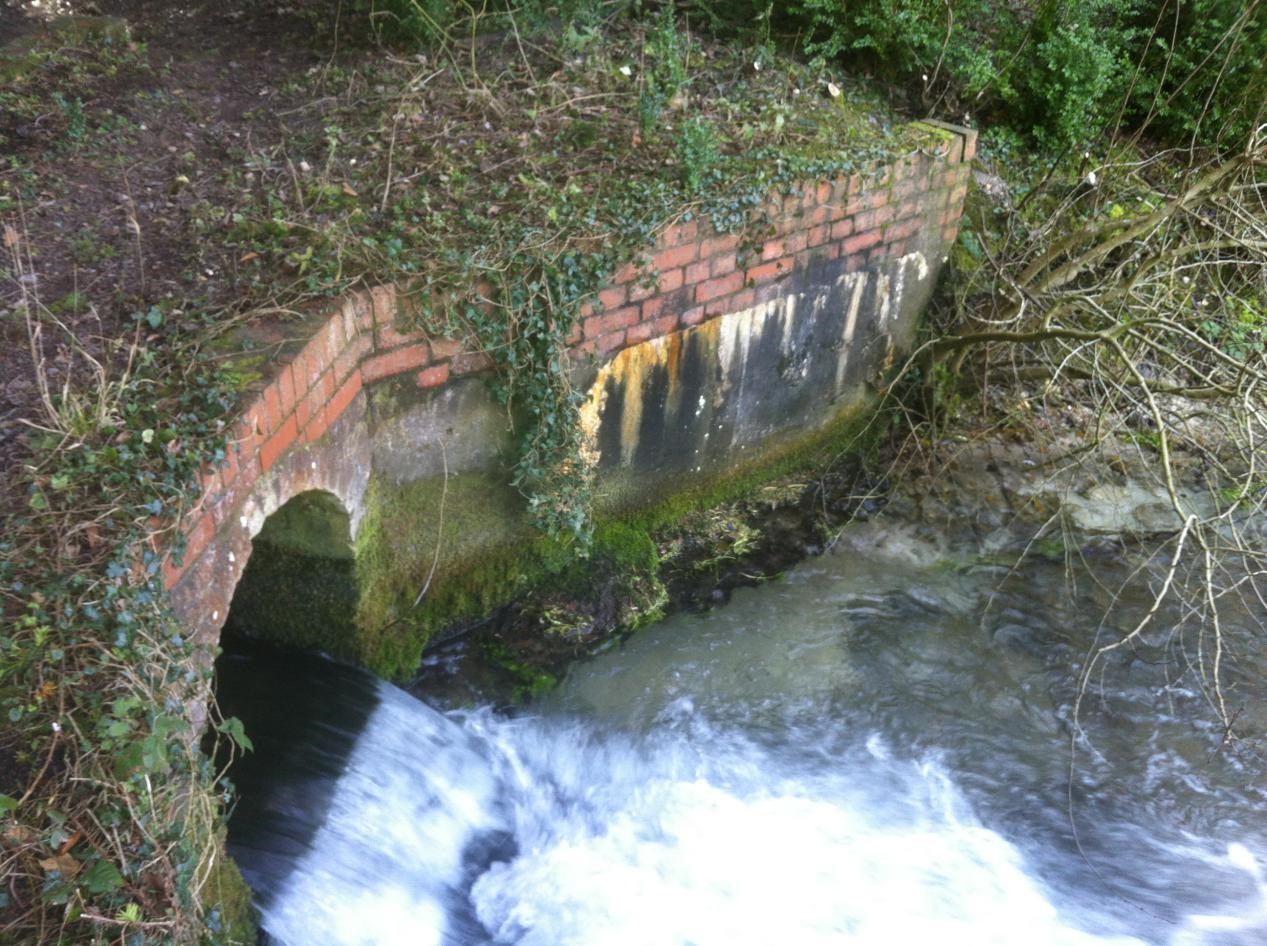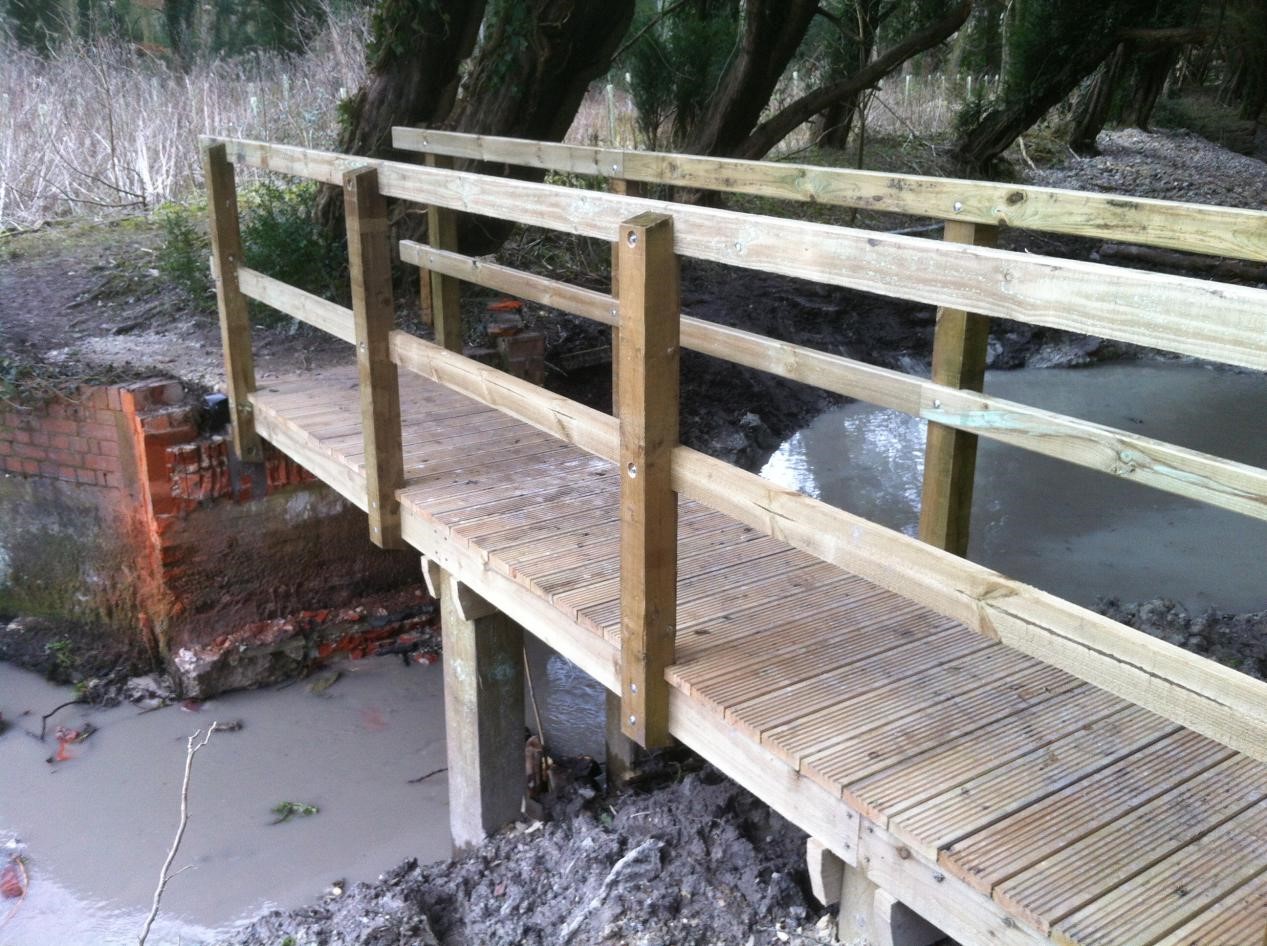Introduction
The Babingley River rises from springs above the villages of Flitcham and Hillington in the East Anglian county of Norfolk. It flows for 20kms through woodland, fen and farmland until it enters the Great Ouse just north of King’s Lynn. It is part of the North-West Norfolk Coastal river catchment area.
At first glance, this river may not look anything remarkable but there is something about the water that makes it very special: the Babingley River is a chalk stream. It is one of only around 200 true chalk streams left in the world. England is fortunate to contain 90 per cent of the world’s chalk streams due to a wide swathe of chalk bedrock which underlies much of Eastern and Southern England and the Isle of Wight.
The water in a chalk stream can be some of the clearest found anywhere: as rainwater soaks through the permeable chalk layer it is cooled and filtered and emerges from springs and fissures at a constant temperature and rich in minerals. Chalk rivers, therefore, provide a clean, alkaline habitat in which aquatic and riparian biotas flourish. The River Babingley is a fine example and, particularly in its upper reaches, contains some of the cleanest and clearest water in Norfolk. The river is home to eels, brook lamprey, sticklebacks, bullhead, stone loach and large numbers of sea trout. These communities are sustained by the abundance and diversity of insect life. In the past, salmon would also have been found in the upper reaches.
The Babingley River has historically been subject to many man-made modifications to power mills along its length. The river has been controlled and straightened, its weirs have slowed the flow of the water, they have ponded the river and a build-up of silt has affected some species of fish. The weirs have also made fish passage tough going as the water surges through narrow openings making life difficult for the less able swimmers such as bullhead and stone loach. This uniform habitat can be exploited very well by a small number of species but excludes others associated with chalk rivers.
In 2014, a report by the World Wildlife Fund – The ‘State of England’s Chalk Streams’ – found that 77% of England’s chalk watercourses were failing to meet the Good status required by the EU’s Water Framework Directive. In 2009, the overall WFD status was Moderate for the whole of Babingley River, Poor for fishes and High for invertebrates but in general the hydrology was regarded as supporting good ecological potential.
To allow the river to reach Good Ecological Potential under the WFD, Norfolk Rivers Trust, Natural England and the World Wildlife Fund, with funding from the Environment Agency, began a programme of river restoration measures to improve nine of the chalk stream habitats in Norfolk, one of which was the River Babingley. The aim was to increase the ecological diversity of the river by improving its morphology and aiding fish migration. The target fish species were sea trout, European eel, dace, bullhead and brook lamprey all of which had historical records for their presence in the river.
In particular, five small weirs that were hampering the migrations and movements of fishes between Flitcham and West Newton were earmarked for removal. The weirs were built around 1920 to impound water for fly fishing and consisted of corrugated iron sheets embedded in the river’s substrate. Each weir was 5 meters long, 0.1 meter wide and 1 meter high and every weir affected 100 meters of river upstream. This series of barriers have excluded eels and sea trout from the upper reaches and damaged habitat up and downstream including impeding the transport of coarse sediment.







